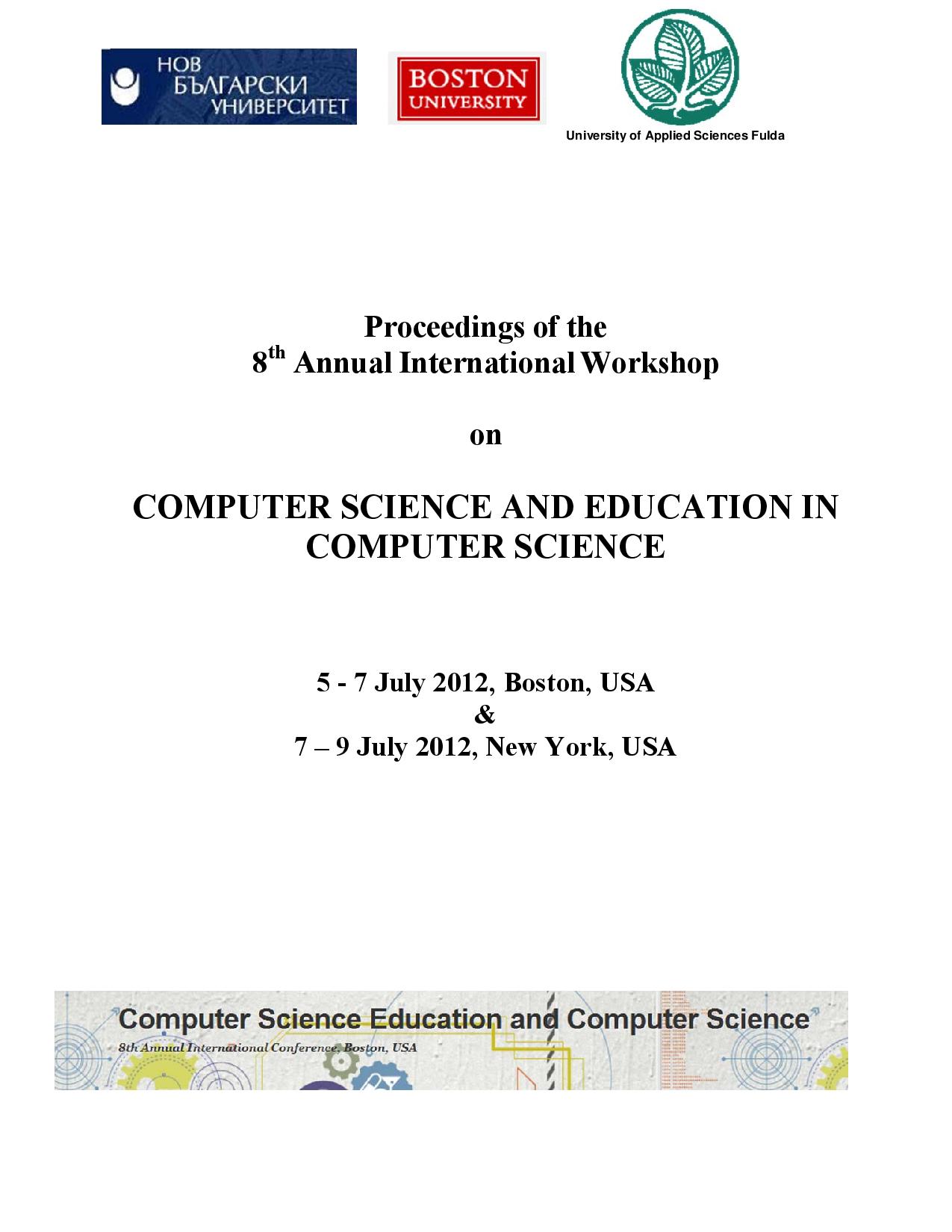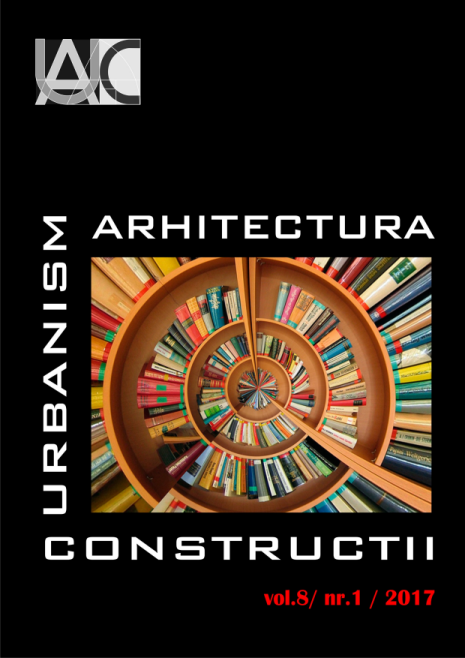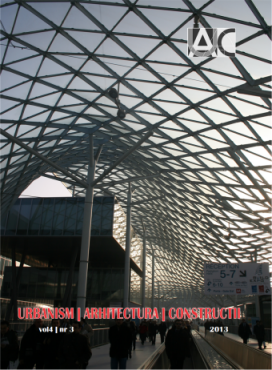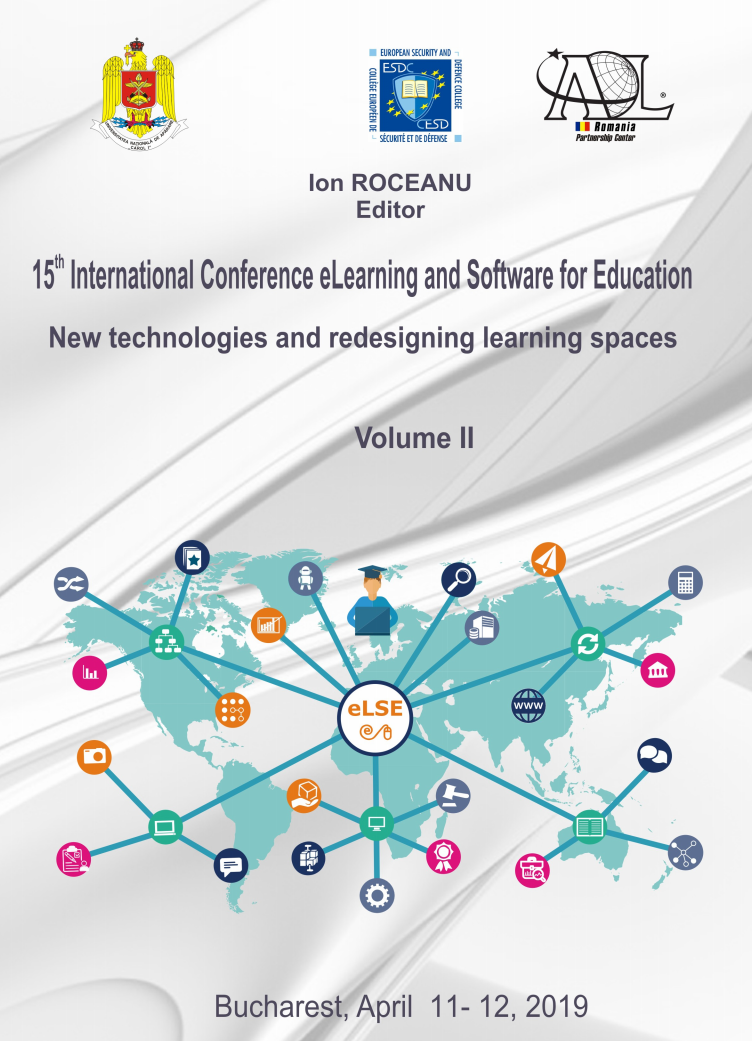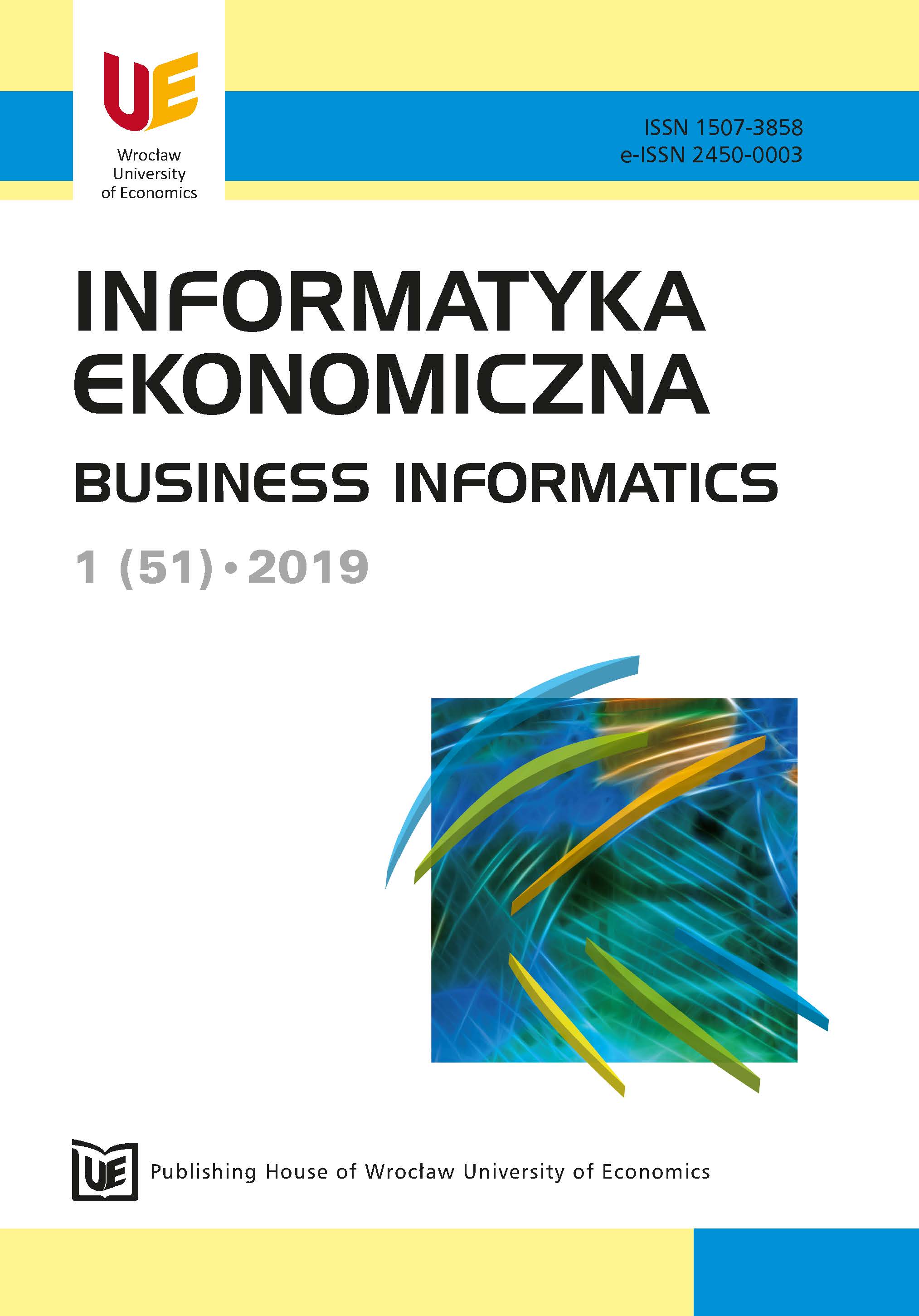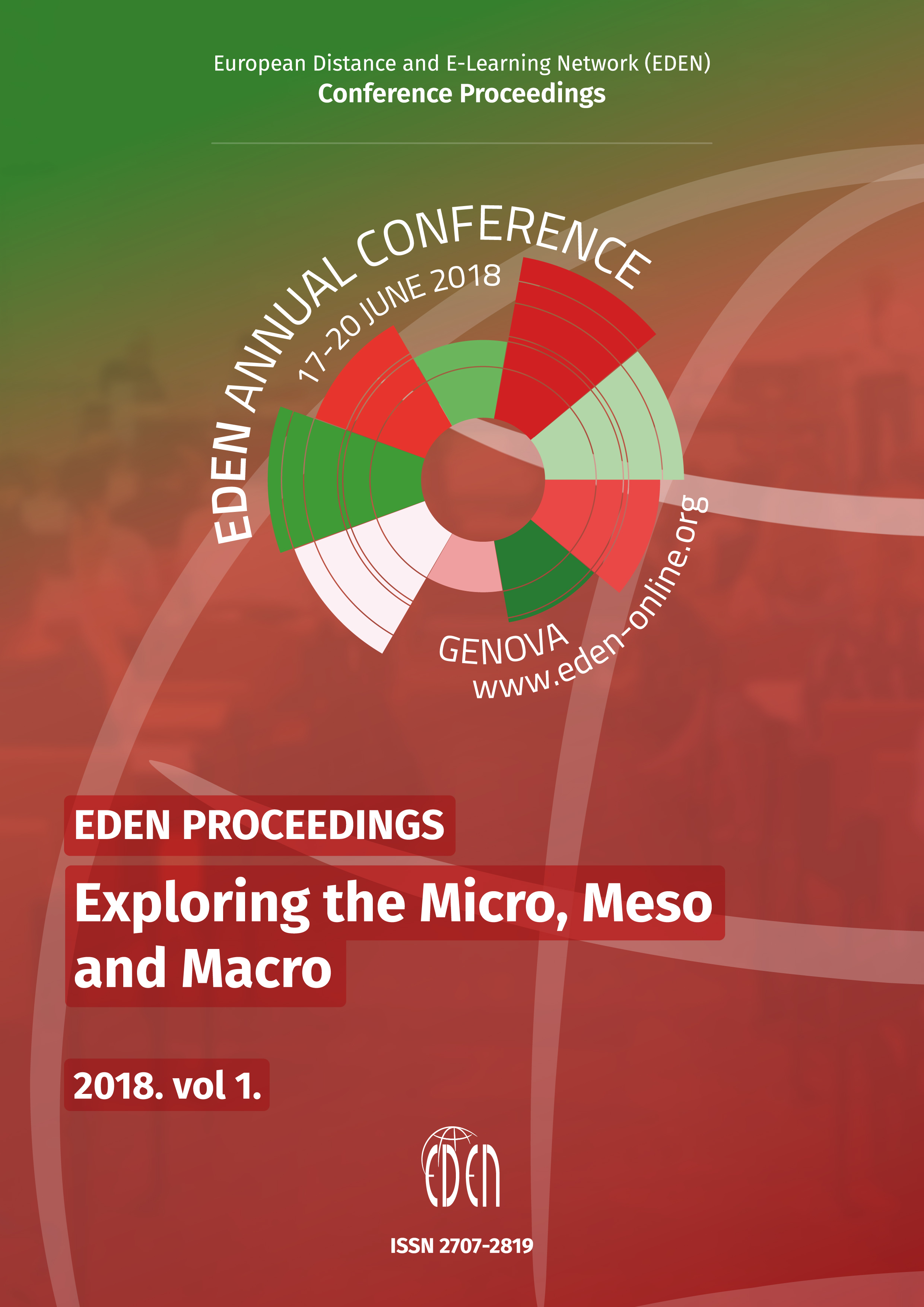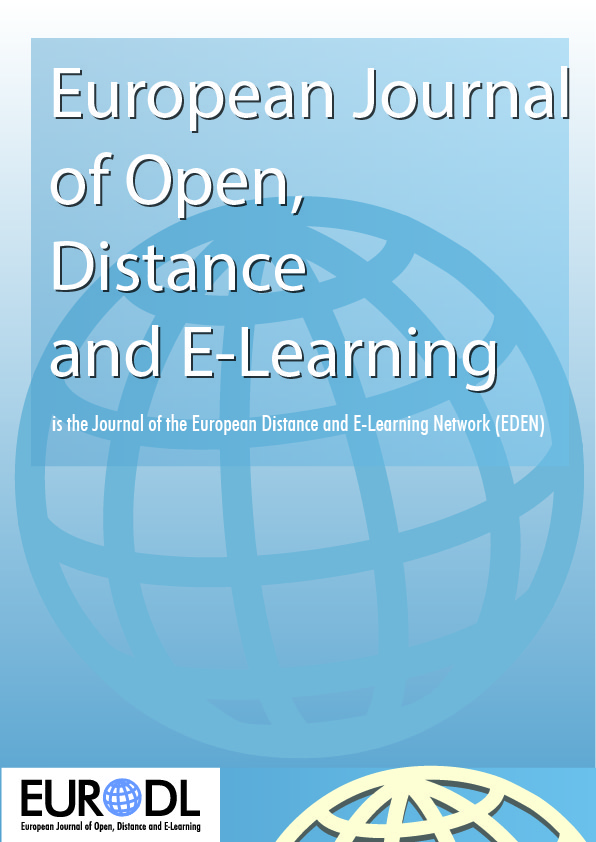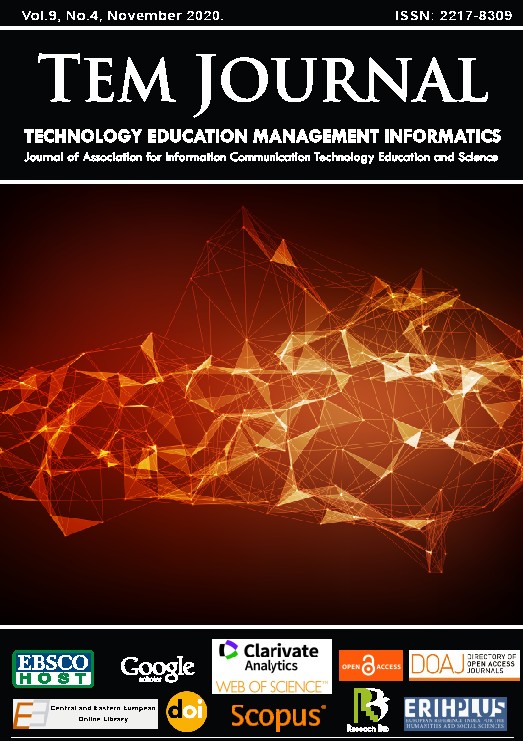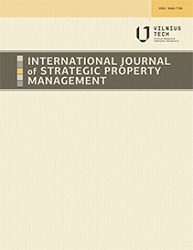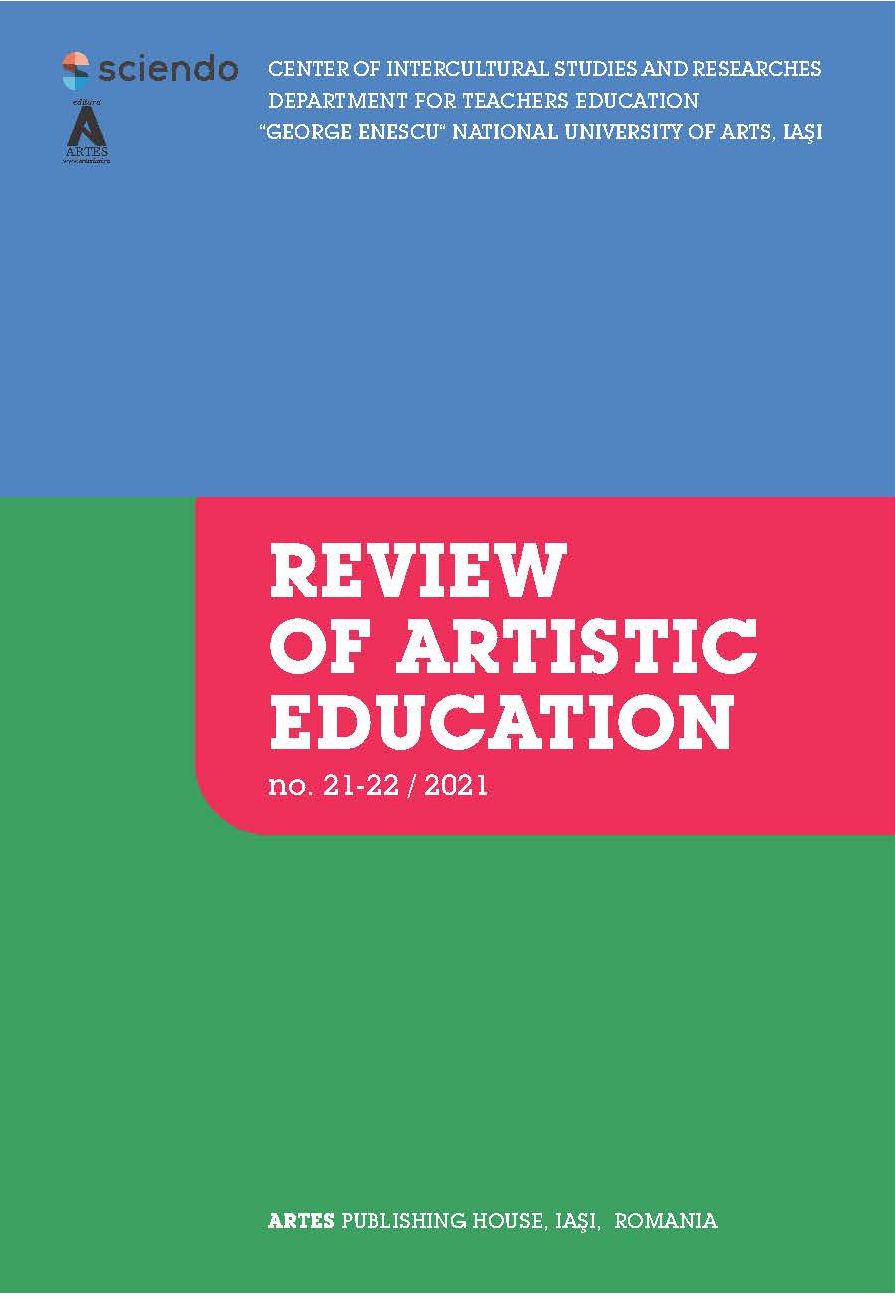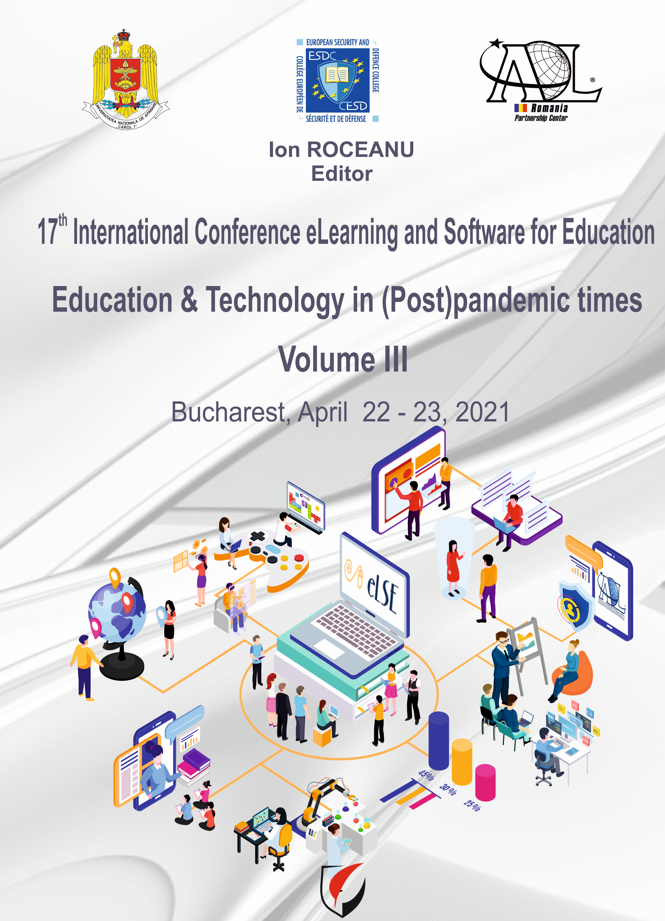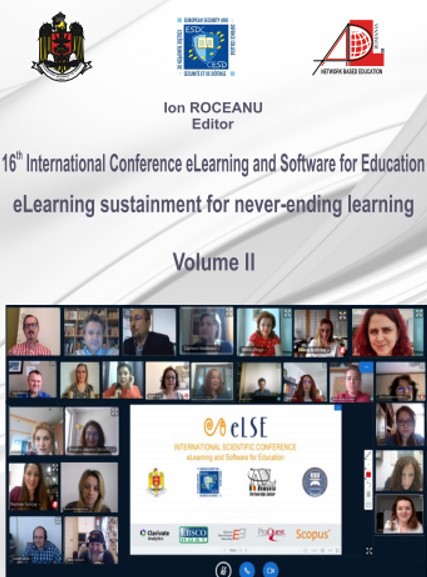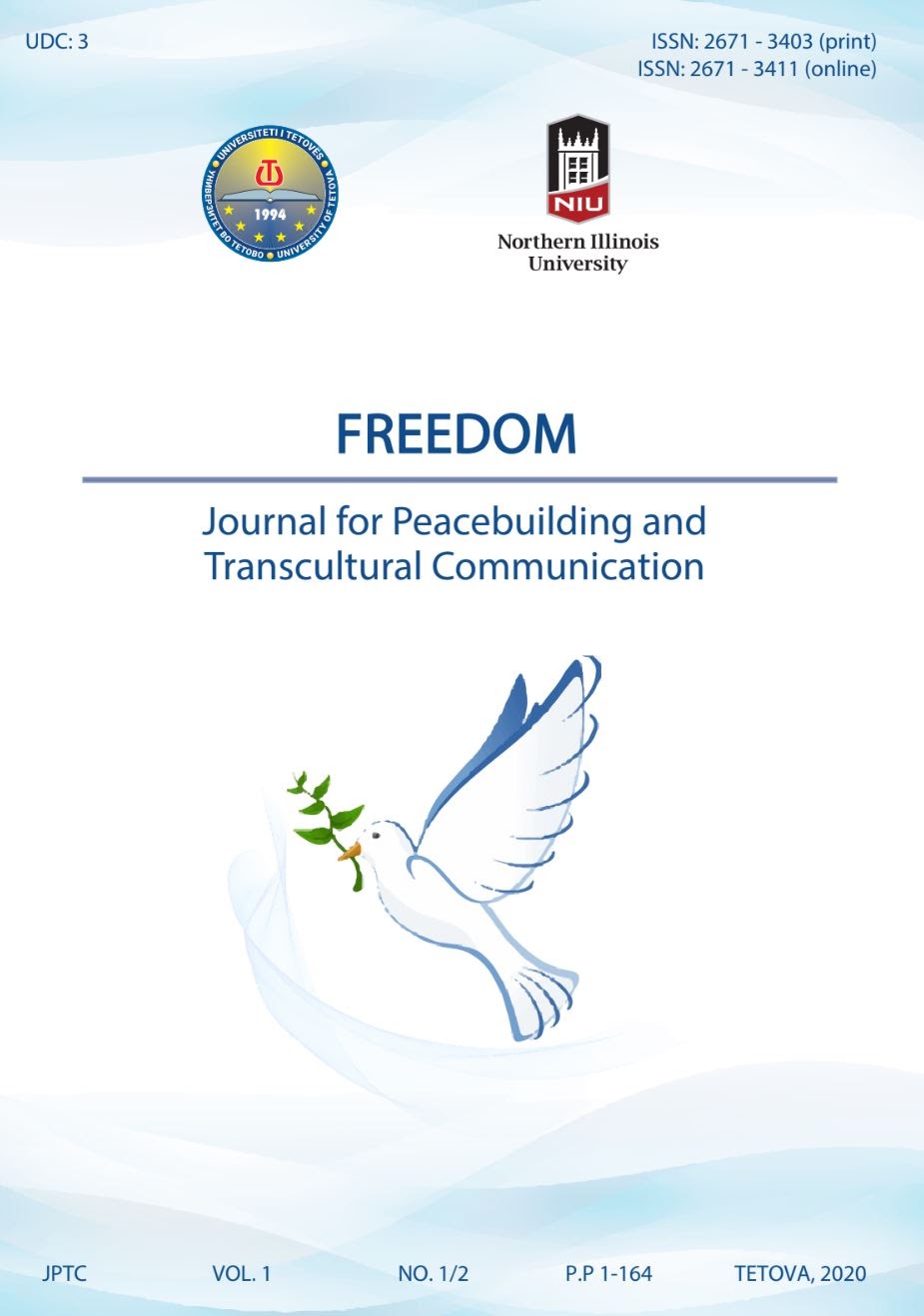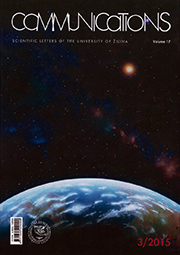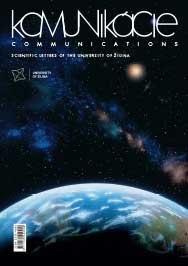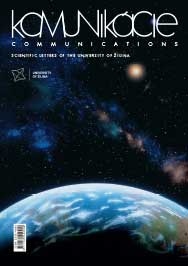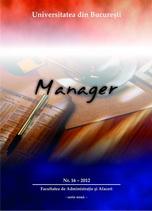
The housing development process: green homes in Malaysia
The housing development process: green homes in Malaysia
Keywords: Sustainable; Green Homes; Product Development; Building Industry
Green building has been adopted and became an accepted norm in the developed countries like USA, UK, Canada and Australia. Despite the good efforts shown by the developed countries on how to build green building, the developing and less developed countries inclusive Malaysia seem lag behind in this aspect. The issue of sustainable approach in building industry in Malaysia is still new and there are a little of housing projects are meeting the criteria of green buildings. The housing developers are exposed to the risk of uncertainty demand from the house buyers if they are interested to develop green homes. This paper discuss the development of concept and design of green homes by using product development process model in the manufacturing and building industry in order to assist the housing developers to reduce the risk associated with this new product such this green homes.
More...
